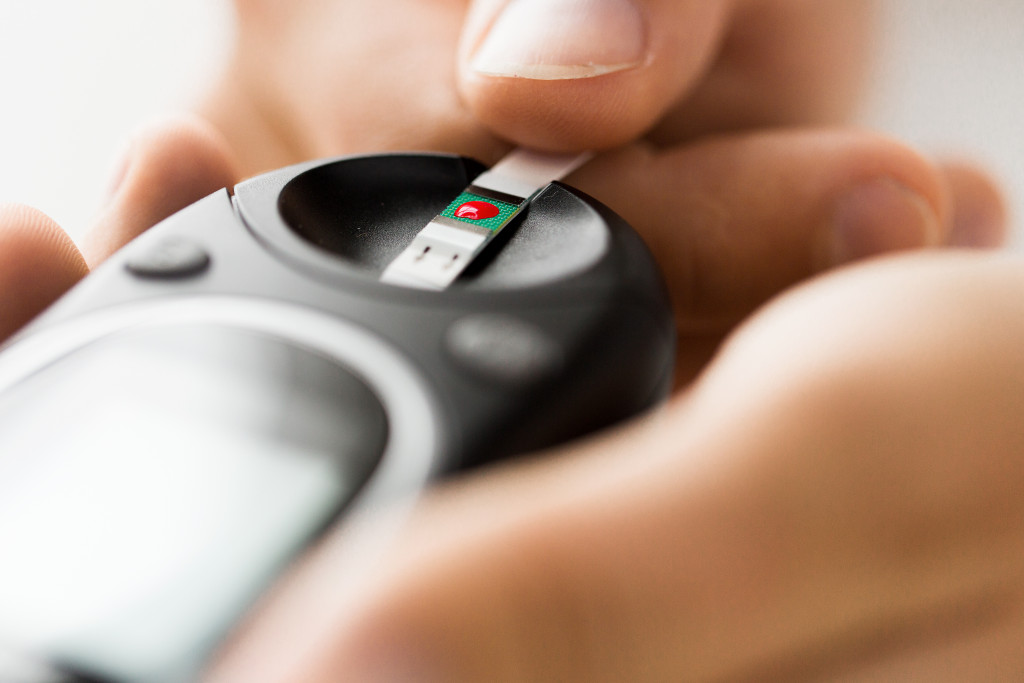You need to know a scary statistic: about one-in-three Americans have prediabetes, and 80% of these people don’t know they have it. It’s a scary thought that can have real consequences if left unchecked.
But there is some good news. With the advent of new technologies, health monitoring is becoming more accessible and more effective. As health monitoring improves, more people can take control of their health and improve their quality of life. It can also help them avoid prediabetes and other common diseases like heart disease and obesity in the United States. Here are four of the most promising new technologies in health monitoring.
Continuous Glucose Monitors
If you have diabetes, you know how important it is to control your blood sugar levels. But manually checking your blood sugar can be a hassle and isn’t always accurate. That’s where continuous glucose monitors (CGMs) come in.
CGMs are small devices you wear on your body that constantly monitor your blood sugar levels and send the data to your smartphone or another device. This way, you can always monitor your blood sugar levels and ensure they’re in a healthy range.
There are a few different types of CGMs on the market, but the most popular one is the FreeStyle Libre from Abbott Laboratories. The device is small and easy to wear and doesn’t require you to prick your finger to get a blood sugar reading.
The only downside of CGMs is that they can be expensive, so they may not be an option for everyone. But if you can afford it, a CGM can be a valuable tool for keeping your diabetes under control.

Wearables
Wearable devices have become increasingly popular in recent years, and for a good reason. They offer a convenient way to track your fitness data and activity levels. But some wearables, like the Apple Watch and Fitbit, can also track other important health metrics like your heart rate and blood pressure.
Some newer generations of wearables even come with built-in ECGs (electrocardiograms) that can detect heart rhythm abnormalities that could lead to stroke or heart attack. These are essentials for seniors who live in hospices. Wearables can help alert hospice health workers regarding the health of their patients. Furthermore, it can help notify when an emergency occurs.
Wearables are a great way to keep tabs on your health, especially for seniors. However, they’re not perfect. They can be expensive, and they’re not always accurate. But a wearable device is a good option if you’re looking for a convenient way to track your health data.
Smartphone Apps
Many different smartphone apps can now help you monitor your health. Some apps, like MyFitnessPal and Calorie Counter, can help you track your diet and exercise.
Other apps, like One Touch Ultra and Glucose Buddy, can help you monitor your blood sugar levels. And there are even apps that can help you quit smoking, like Quit Genius and QuitNow.
Compared to other health monitoring technologies in this article, the main benefit of apps is that they’re usually free or very cheap. And since most people already have a smartphone, you don’t need to buy any additional devices.
However, apps can be less reliable than other technologies because they rely on self-reporting. This means the data isn’t always accurate, so keep this in mind if you plan to subscribe to one of them.
Blood Pressure Monitors
High blood pressure is a common problem in the United States, leading to serious health problems like heart disease and stroke. That’s why it’s essential to monitor your blood pressure levels.
There are a few different ways to monitor your blood pressure at home. The most common way is to use a digital blood pressure monitor. These devices are easy to use and can be found at most pharmacies.
Another option is to use a smartphone app like Instant Blood Pressure or QardioBP. These apps use your phone’s camera to read your blood pressure. They’re not as accurate as digital monitors, but they’re more convenient.
The third option is to use a wearable device like the Fitbit Charge 3 or the Apple Watch Series 4. These devices can track your heart rate and blood pressure, making them a good option for people who want to keep an eye on their health.
As you can see, there are a few different ways to monitor your blood pressure. The best option for you will depend on your needs and preferences.
Health monitoring is the first step toward living a healthy life. If disease is common in your family, consider getting some of these devices. They’ll help keep track of your health and enable you to get early treatment if something’s wrong. If not, then use them to live a healthier lifestyle and improve your fitness. No matter your reason, these technologies will help you stay on top of your health.


